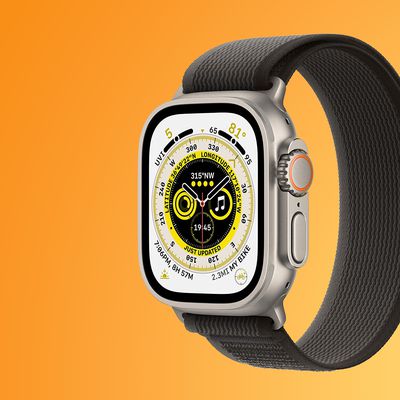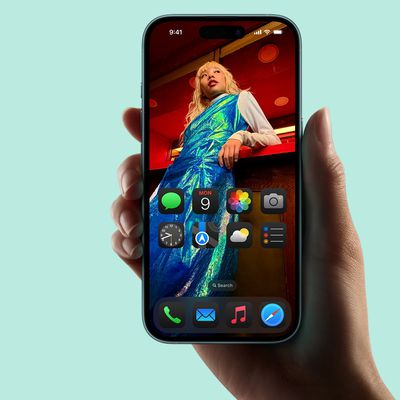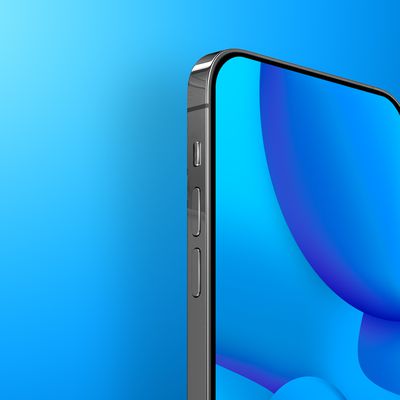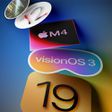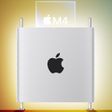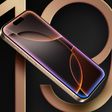Bluetooth LE Standard Gains Mesh Networking for Improved Smart Home Connectivity
The Bluetooth Special Interest Group today announced that its Bluetooth technology has been updated with support for mesh networking, designed to create large-scale device networks by connecting multiple Bluetooth devices to one another.
Bluetooth calls these "many-to-many" connections, which can support just a handful of devices or up to thousands. In a home setting, the mesh feature will be useful for connecting smart home devices to one another to establish a network that spans an entire house, with no areas that are out of range.
Mesh networks are an improvement over single-point connections because a Bluetooth signal can be transmitted from device to device, reaching further distances. Some products, like the ZigBee-based Philips Hue line of lights, already use mesh networking techniques that are similar to what's being implemented today.
Bluetooth mesh also has many commercial uses, because it creates a reliable network with no single point of failure, it can scale to support thousands of nodes, it supports multi-vendor interoperability, and it offers industrial-grade security. Bluetooth SIG believes Bluetooth mesh will be essential for commercial building and factory automation.

"By adding support for mesh networking, the Bluetooth member community is continuing a long history of focused innovation to help new, up-and-coming markets flourish," said Mark Powell, executive director for Bluetooth SIG, Inc. "In the same way the connected device market experienced rapid growth after the introduction of Bluetooth Low Energy, we believe Bluetooth mesh networking can play a vital role in helping early stage markets, such as building automation and wireless sensor networks, experience more rapid growth."
Existing devices that support Bluetooth 4.0 or 5.0 can be updated with support for Bluetooth mesh, but implementing support requires a firmware update.
Bluetooth mesh networking specifications and the tools that qualify Bluetooth products with networking support are available on the Bluetooth Website. Bluetooth SIG told The Verge that it often takes approximately six months for manufacturers to adopt new Bluetooth technology, but mesh could start rolling out sooner because it doesn't require new hardware.
Popular Stories
This week marks the 10th anniversary of the Apple Watch, which launched on April 24, 2015. Yesterday, we recapped features rumored for the Apple Watch Series 11, but since 2015, the Apple Watch has also branched out into the Apple Watch Ultra and the Apple Watch SE, so we thought we'd take a look at what's next for those product lines, too.
2025 Apple Watch Ultra 3
Apple didn't update the...
Apple may have canceled the super scratch resistant anti-reflective display coating that it planned to use for the iPhone 17 Pro models, according to a source with reliable information that spoke to MacRumors.
Last spring, Weibo leaker Instant Digital suggested Apple was working on a new anti-reflective display layer that was more scratch resistant than the Ceramic Shield. We haven't heard...
Apple has completed Engineering Validation Testing (EVT) for at least one iPhone 17 model, according to a paywalled preview of an upcoming DigiTimes report.
iPhone 17 Air mockup based on rumored design
The EVT stage involves Apple testing iPhone 17 prototypes to ensure the hardware works as expected. There are still DVT (Design Validation Test) and PVT (Production Validation Test) stages to...
Apple will likely manufacture its 20th anniversary iPhone models in China, despite broader efforts to shift production to India, according to Bloomberg's Mark Gurman.
In 2027, Apple is planning a "major shake-up" for the iPhone lineup to mark two decades since the original model launched. Gurman's previous reporting indicates the company will introduce a foldable iPhone alongside a "bold"...
While the so-called "iPhone 17 Air" is not expected to launch until September, there are already plenty of rumors about the ultra-thin device.
Overall, the iPhone 17 Air sounds like a mixed bag. While the device is expected to have an impressively thin and light design, rumors indicate it will have some compromises compared to iPhone 17 Pro models, including only a single rear camera, a...
While the iPhone 17 Pro and iPhone 17 Pro Max are not expected to launch until September, there are already plenty of rumors about the devices.
Below, we recap key changes rumored for the iPhone 17 Pro models as of April 2025:
Aluminum frame: iPhone 17 Pro models are rumored to have an aluminum frame, whereas the iPhone 15 Pro and iPhone 16 Pro models have a titanium frame, and the iPhone ...



